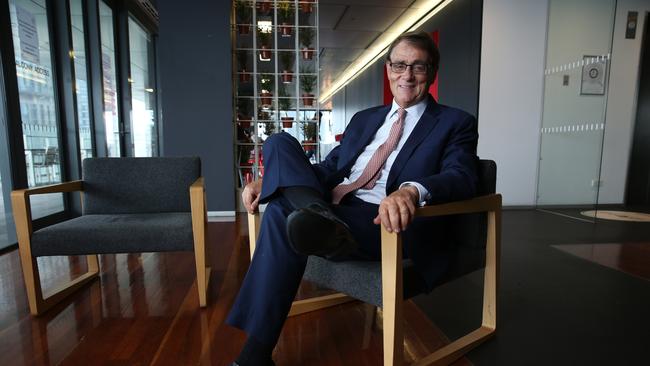RBA to hike early 2023: Westpac’s Bill Evans
The Reserve Bank will start increasing the official cash rate in early 2023 a leading economist said after the release of stronger-than-expected employment data this week.

The Reserve Bank would start increasing the official cash rate in early 2023 because the preconditions that the central bank had set for key economic indicators would have been met by then, a leading economist said after the release of stronger-than-expected employment data this week.
The May employment report was a “major game changer” for monetary policy, as it highlighted the strong momentum in the economy and backed other data pointing to a “very strong labour market”, according to Westpac chief economist Bill Evans.
“The recovery is now clearly into a self-sustaining upswing and the need for emergency stimulus policies has eased significantly,” Mr Evans said.
“We now expect that the RBA will assess that it has achieved the conditions necessary for the first interest rate hike by the first quarter of 2023.” Mr Evans predicted the official cash rate will be increased from its current level of 10 basis points to 25 basis points in the March quarter of 2023, and further raised to 50 basis points in the June quarter that year and to 75 basis points in the December quarter, thereby “reversing the ‘emergency’ rate cuts in 2020 when the RBA responded to the Covid-19 crisis”.
His forecasts imply that the official cash rate – which directly affects variable mortgage rates – will start rising at least a year before the RBA’s most recent guidance that “this is unlikely to be until 2024 at the earliest.”
“Together with yesterday’s clear signal from the Federal Reserve that the wider economic risks from the health emergency have eased and policy normalisation can be brought forward, the challenges facing the RBA are changing,” Mr Evans said.
In his view, the “stunning fall in the unemployment rate” from 5.5 to 5.1 per cent in May “aligns with other supportive data on the labour market” and the May employment report points to a “convincing, sustainable improvement in the labour market” rather than a “one off” improvement.
His economic growth forecasts – incorporating risks around local lock-downs and the timing of the reopening of the foreign border – are consistent with a fall in the unemployment rate of around one percentage point between June 2021 and June 2022. “With the starting point for the unemployment rate now at 5.1 rather than the 5.5 per cent we previously expected for May 2021, we now forecast that the unemployment rate will hit 4.0 per cent by June 2022 and drift down through the second half of 2022 to reach 3.8 per cent by year’s end.”
His assessment is that a 4.0 per cent unemployment rate in Australia would represent “full employment” and that the Reserve Bank has a similar view, so reaching full employment much earlier than previously expected points to upward pressure on both inflation and wages growth.
He sees underlying inflation at 2.25 per cent and wages growth at 2.75 per cent by December 2022.
“In effect our forecasts, incorporating the strong employment report for May, are running six months ahead of the RBA’s ‘upside scenario’,” Mr Evans said.




To join the conversation, please log in. Don't have an account? Register
Join the conversation, you are commenting as Logout